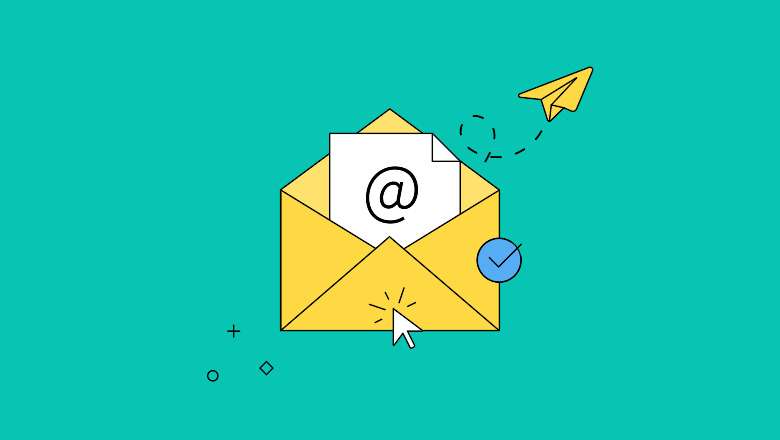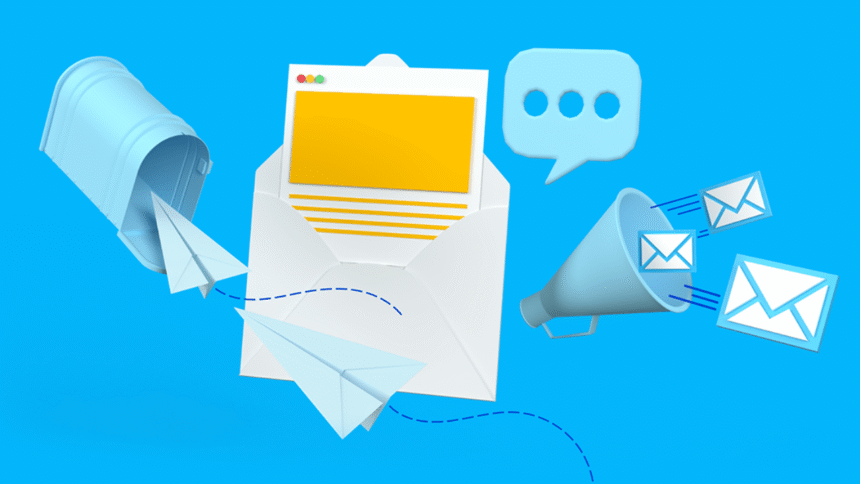Email marketing remains one of the most powerful tools in the digital marketer’s arsenal. When used effectively, it can build customer loyalty, increase brand awareness, and generate significant revenue. However, crafting an impactful email marketing strategy involves more than simply sending a message to your subscribers.
It requires careful planning, strategic content creation, and continuous optimization. In this guide, we’ll take you step-by-step through building an effective email marketing strategy that maximizes engagement and ROI.
1. Understanding the Importance of Email Marketing
Email marketing offers a direct line of communication with your audience, allowing for personalized messages that resonate with readers. Unlike social media posts, which can be fleeting, emails land in your subscribers’ inboxes, where they can be revisited and engaged with at any time. Some key benefits of email marketing include:
- High ROI: For every $1 spent on email marketing, the average ROI is $42, according to industry studies.
- Targeted Messaging: Emails can be segmented based on user behavior, demographics, and preferences.
- Increased Customer Retention: Well-crafted emails keep your audience informed, engaged, and coming back for more.
2. Setting Clear Goals for Your Email Marketing Campaigns
Before launching your email campaigns, it’s important to establish clear objectives. What do you hope to achieve with your email marketing efforts? Common goals include:
- Advertisement -
Driving Sales: Promote special offers, new product launches, or discounts to increase conversions.
Building Brand Awareness: Share educational content, company news, or community initiatives.
Generating Website Traffic: Use email to drive readers to specific landing pages or blog posts.
Growing Subscriber Engagement: Encourage readers to interact with your brand by responding to emails, clicking links, or participating in surveys.
Clearly defined goals help shape your overall strategy and provide measurable benchmarks for success.
3. Building a High-Quality Email List
A successful email marketing strategy starts with a strong subscriber list. Focus on building a high-quality list of engaged readers rather than purchasing lists, which can lead to poor engagement rates and even penalties from email service providers. Here are effective ways to build your list:
a) Create Engaging Lead Magnets
A lead magnet is an incentive offered to subscribers in exchange for their email addresses. Examples include:
- E-books or Whitepapers: Provide in-depth insights on a topic relevant to your audience.
- Exclusive Discounts or Coupons: Entice potential customers to sign up with special offers.
- Webinars: Offer access to expert-led webinars on topics of interest.
b) Optimize Sign-Up Forms
Make it easy for visitors to subscribe by placing sign-up forms in strategic locations on your website, such as:
- Homepage pop-ups or banners
- Blog post footers
- Sidebars and landing pages
Keep the form simple, requesting only essential information, such as a name and email address. The less friction you create, the more likely users will subscribe.
c) Leverage Social Media Channels
Promote your email list on your social media platforms by encouraging followers to subscribe for exclusive content or special offers.
4. Segmenting Your Email List for Maximum Impact
Segmentation allows you to tailor your messages to specific groups within your email list, resulting in more personalized and effective communication. Segmented campaigns often yield higher open and click-through rates than generic, one-size-fits-all emails.
a) Common Ways to Segment Your List
Demographics: Age, gender, location, etc.
Behavioral Data: Website activity, purchase history, or engagement level.
Interests and Preferences: Based on user responses or past interactions.
Lifecycle Stage: New subscribers, loyal customers, lapsed users, etc.
Segmentation allows you to deliver content that resonates with specific segments, improving engagement and conversions.
5. Crafting Compelling Email Content
Once you have a segmented list, it’s time to create content that grabs attention and compels readers to act. Effective email content should be engaging, valuable, and actionable. Here are essential elements to consider:
a) Writing an Attention-Grabbing Subject Line
The subject line is the first thing your subscribers see, and it determines whether they open the email. To craft compelling subject lines:
- Keep it short and concise.
- Use personalization (e.g., include the recipient’s name).
- Create a sense of urgency (e.g., “Limited Time Offer!”).
- Be clear about the email’s content (e.g., “Your Exclusive Discount Inside”).
b) Providing Valuable Content
Your emails should offer value to the reader. Depending on your campaign goals, you may:
Share educational content: Tutorials, how-to guides, or industry news.
Promote products or services: Highlight features and benefits with clear calls to action.
Offer exclusive deals: Discounts, free trials, or special events.
Ensure the content is well-structured, easy to read, and free of jargon. Include visuals, such as images or videos, to enhance engagement.
c) Using Personalization and Dynamic Content
Personalization extends beyond just using a subscriber’s name. Dynamic content allows you to display different content based on the recipient’s preferences, behavior, or demographic data. Examples include:
- Product recommendations based on past purchases
- Content tailored to the recipient’s location
- Special birthday or anniversary messages
6. Optimizing for Mobile Devices

A significant percentage of email opens occur on mobile devices, so it’s crucial to ensure your emails are mobile-friendly. Best practices include:
Using a responsive design: The layout adjusts to fit different screen sizes.
Keeping subject lines short: Mobile screens have limited space.
Using a clear call to action (CTA): Buttons should be large and easy to tap.
Reducing large images or files: This ensures fast loading times on mobile networks.
7. Creating Effective Calls to Action (CTAs)
Your call to action is the element that encourages the reader to take the desired action. Whether it’s “Shop Now,” “Learn More,” or “Subscribe,” your CTA should be:
- Clear and concise.
- Visually distinct (e.g., using a contrasting button color).
- Action-oriented (e.g., “Get Your Free Guide”).
8. A/B Testing Your Emails
A/B testing, or split testing, involves sending two variations of an email to a subset of your audience to determine which performs better. This data-driven approach can significantly improve your campaigns over time. Elements to test include:
- Subject lines
- Email copy and layout
- CTA buttons
- Send times and days
Run tests regularly and use the insights to refine future campaigns.
9. Automating Your Email Campaigns
Automation allows you to send timely and relevant messages without manual intervention. Common automated campaigns include:
Welcome Emails: Sent when a user subscribes to your list, providing a warm introduction to your brand.
Abandoned Cart Emails: Remind customers to complete their purchase.
Re-engagement Campaigns: Target subscribers who haven’t interacted with your emails for a while.
Automation saves time and ensures consistent communication with your audience.
10. Analyzing and Optimizing Performance Metrics
To measure the success of your email marketing strategy, track key performance metrics, including:
Open Rates: The percentage of recipients who opened your email.
Click-Through Rates (CTR): The percentage of recipients who clicked on a link within the email.
Conversion Rates: The percentage of recipients who completed a desired action.
Bounce Rates: The percentage of emails that could not be delivered.
Unsubscribe Rates: The percentage of subscribers who opted out of your list.
Use this data to identify what’s working and what needs improvement. Adjust your strategy accordingly to maximize engagement and ROI.
11. Ensuring Compliance with Email Marketing Regulations
Finally, it’s essential to comply with email marketing regulations, such as the General Data Protection Regulation (GDPR) in Europe or the CAN-SPAM Act in the United States. Best practices include:
Obtaining explicit consent to send emails.
Providing an easy way to unsubscribe.
Including your business’s contact information in every email.
Building Long-Term Relationships Through Email Marketing
Building an effective email marketing strategy requires a thoughtful approach, from list building and segmentation to crafting compelling content and analyzing performance metrics. By focusing on delivering value, personalizing communication, and optimizing for engagement, you can foster long-term relationships with your subscribers and drive significant business growth.
Email marketing remains a powerful tool, and with the right strategy, you can turn your subscriber list into one of your business’s most valuable assets.

